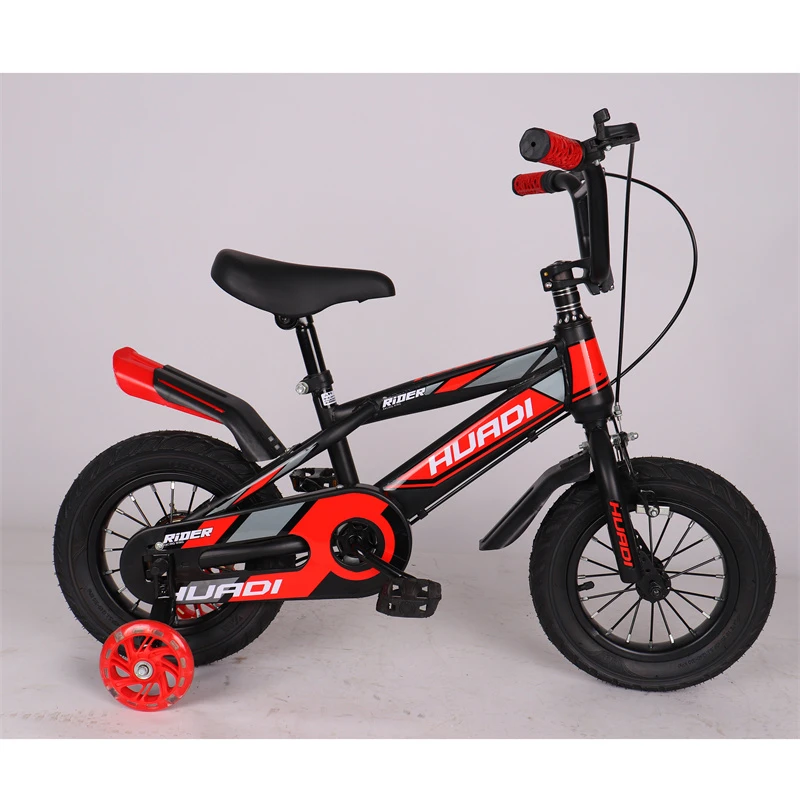mountain bike choose
Choosing the Right Mountain Bike A Comprehensive Guide
Mountain biking is not just a hobby; it’s an adventure that brings you closer to nature and helps you maintain an active lifestyle. Whether you're a beginner looking to explore local trails or an experienced rider seeking adrenaline on rugged terrains, having the right mountain bike is crucial for an enjoyable experience. In this guide, we’ll delve into the essential factors you should consider when choosing a mountain bike.
1. Define Your Riding Style
The first step in selecting the perfect mountain bike is to identify your riding style. Mountain biking can be broken down into several categories cross-country (XC), trail riding, all-mountain, enduro, and downhill.
- Cross-country bikes are lightweight and efficient, designed for speed and endurance on varied terrain. They are often used in racing events. - Trail bikes are a versatile choice, suitable for a mix of climbing and descending and often equipped with a moderate amount of suspension travel. - All-mountain bikes are built for challenging terrain, offering a balance between climbing ability and downhill performance. - Enduro bikes are designed for rigorous downhill descents and can tackle climbs, but they prioritize downhill capability. - Downhill bikes are heavy-duty bikes designed strictly for steep, rough descents at high speeds.
Identify where and how you plan to ride. This will help narrow down your options.
2. Frame Material
The material of the bike frame is another crucial factor to consider. The common materials used in mountain bike frames are aluminum, carbon fiber, and steel.
- Aluminum is lightweight and offers good performance at a reasonable price, making it the most popular choice. - Carbon fiber is even lighter and can provide superior ride quality, but it usually comes with a higher price tag. - Steel frames are known for their durability and comfort, but they are heavier compared to aluminum or carbon fiber.
Consider your budget and how much weight you’re willing to carry while riding
.3. Suspension Type
mountain bike choose

Mountain bikes come with either a hardtail or full suspension.
- Hardtail bikes have a suspension fork in the front but a rigid rear. They are generally lighter, more efficient for climbing, and more budget-friendly. - Full-suspension bikes have both front and rear suspension, making them more comfortable over rough terrains. They excel in technical trails but are usually heavier and more expensive.
Your choice should align with your preferred riding style and the types of trails you’ll be tackling.
4. Wheel Size
The size of the wheels affects performance, comfort, and handling. The most common sizes on mountain bikes today are 26-inch, 27.5-inch, and 29-inch.
- 26-inch wheels are nimble and easy to handle, making them ideal for tight trails. - 27.5-inch wheels offer a balance between speed and stability, catering to a wide range of riders. - 29-inch wheels roll over obstacles more easily and maintain speed well, making them great for cross-country and trail riding.
Each size has its pros and cons, so it's essential to test ride different options to see what feels best for you.
5. Fit and Comfort
Finally, make sure the mountain bike fits you properly. A well-fitted bike enhances your comfort and control while riding. Key measurements to consider include standover height, reach, and saddle height. Many bike shops offer professional fitting services to ensure you get the right size frame.
Conclusion
Choosing the right mountain bike involves careful consideration of your riding style, frame material, suspension type, wheel size, and fit. Take the time to research and test ride different models to find the one that feels right for you. Remember, the ideal mountain bike not only enhances your performance but also makes every ride a thrilling adventure. Embrace the journey and hit the trails confidently with the perfect bike by your side!
-
kids-scooter-tiny-olympic-games-scooterathlonNewsAug.22,2025
-
kids-scooter-waves-xingtai-zhongzhous-global-rippleNewsAug.22,2025
-
baby-tricycle-oem-legacy-zhongzhou-forgedNewsAug.22,2025
-
xingtais-twin-tricycle-revolution-siblings-ride-togetherNewsAug.22,2025
-
baby-tricycle-design-inspired-by-ancient-armorNewsAug.22,2025
-
nfc-chip-enabled-oem-baby-tricycle-trackingNewsAug.22,2025
-
The Perfect Baby TricycleNewsAug.11,2025








